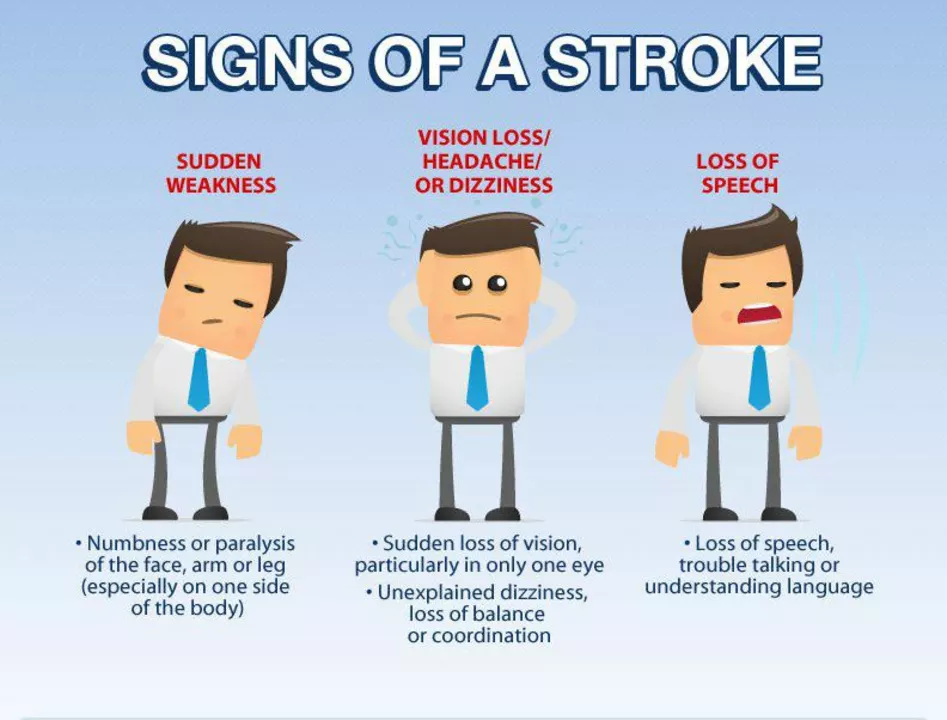Stroke: What to Spot, How to Act, and How to Prevent It
Stroke can happen instantly and leave lasting damage. Recognizing symptoms fast and acting quickly makes a big difference. This short guide gives clear steps you can use right now: how to spot a stroke, what to do in the first minutes, and how to cut your risk later.
Spot a stroke fast: FAST and more
FAST explains the common warning signs. Face — ask them to smile; look for one side drooping. Arms — ask them to raise both arms; does one drift downward? Speech — ask a simple question or sentence; listen for slurring or strange words. Time — if any sign appears, call emergency services immediately and note the exact time symptoms began or the last time the person was normal. Other signs include sudden confusion, trouble seeing in one or both eyes, loss of balance, sudden severe headache, or sudden numbness, especially on one side.
If someone is having a stroke — what to do
If someone is having a stroke, call emergency services right away and say “stroke.” Give dispatch the symptom time, any recent surgeries, current medications, and whether the person takes blood thinners. Keep the person still and calm. If they are conscious, loosen tight clothing and reassure them. If they vomit or lose consciousness, place them on their side to protect the airway. Do not give food, drink, or medications by mouth unless a clinician tells you to.
In hospital, tests will quickly decide if the stroke is ischemic (clot) or hemorrhagic (bleed). Ischemic strokes can be treated with clot-busting drugs or mechanical thrombectomy when given within a narrow time window. Hemorrhagic strokes need focused care to control bleeding and pressure. Both types benefit from fast expert care in a stroke center.
Recovery starts early and is active. Physical therapy helps relearn movement and strength. Occupational therapy focuses on daily tasks like dressing and cooking. Speech therapy treats language problems and swallowing difficulties. Home exercises, routine, and caregiver support speed progress.
Preventing another stroke is practical and often effective. Control blood pressure — that usually means aiming for a stable reading your doctor sets, often below 130/80 for many people. Treat atrial fibrillation with appropriate anticoagulants if indicated. Use antiplatelet drugs like aspirin or clopidogrel when prescribed. Take statins to lower cholesterol when advised. Manage diabetes, lose excess weight, quit smoking, limit alcohol, eat more vegetables and whole grains, and aim for 30 minutes of moderate activity most days. Small changes add up fast and lower risk noticeably over months and years.
Keep a current list of medications, allergies, emergency contacts, and recent medical history on your phone and in your wallet for emergencies.
Talk to your care team about medication side effects and realistic recovery goals. If you want more guidance on blood pressure drugs, stent care, or rehab tools, check our practical articles on related topics. Every minute matters at the start of a stroke, and steady prevention after a stroke changes outcomes.
